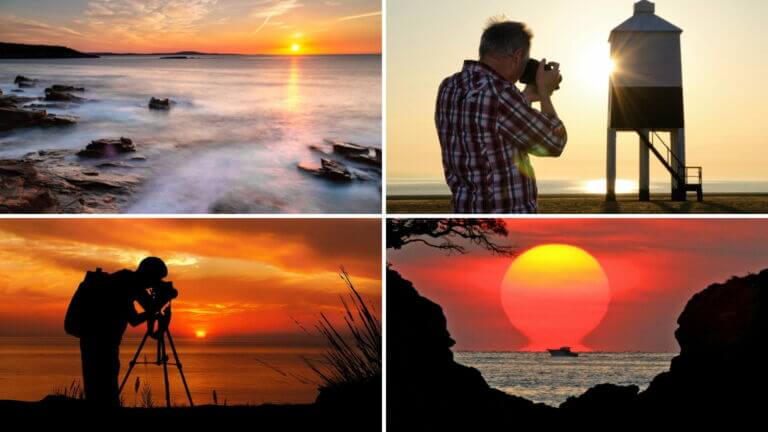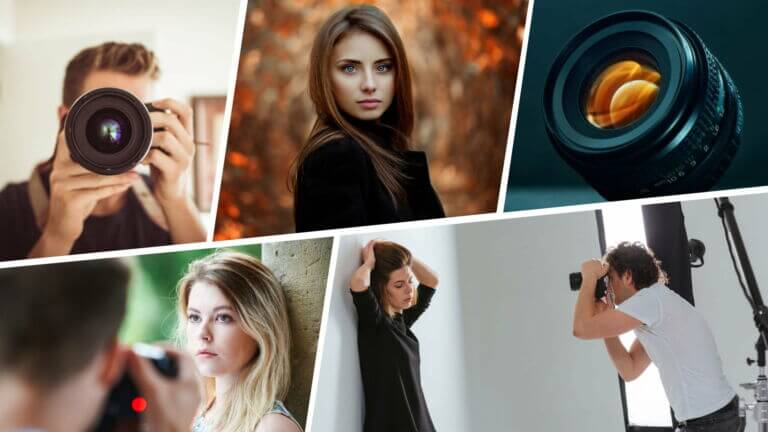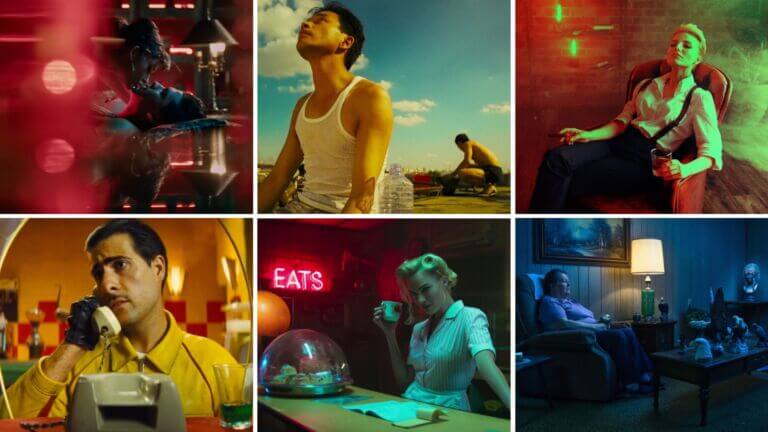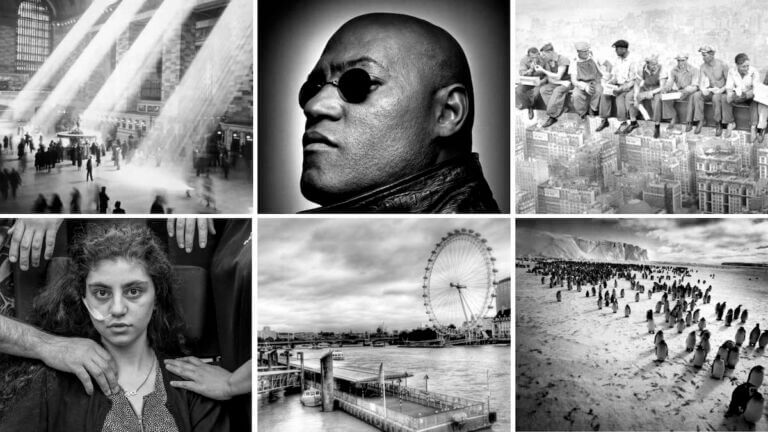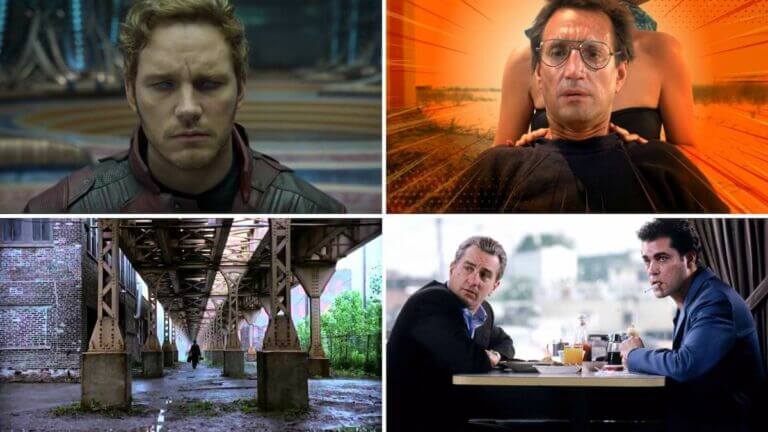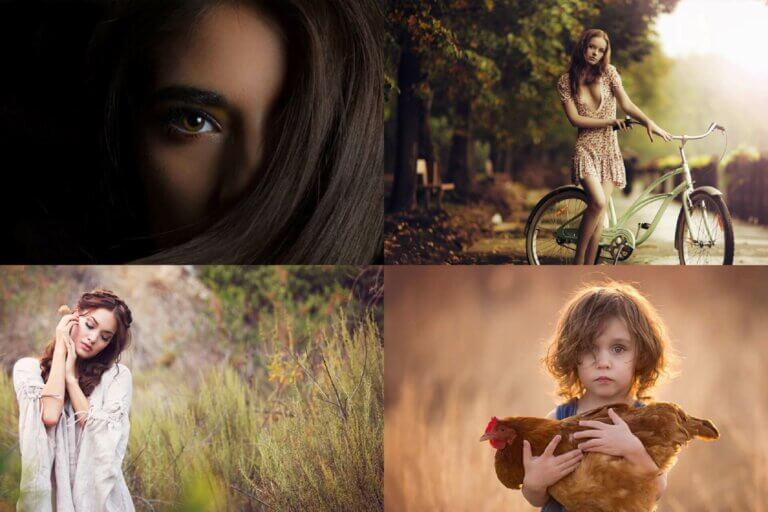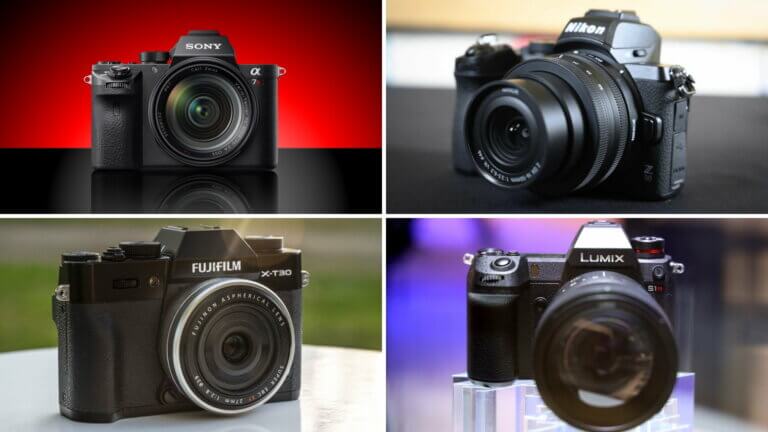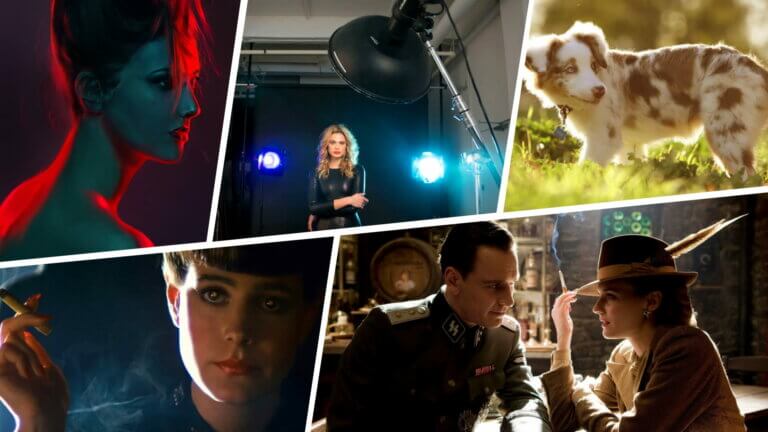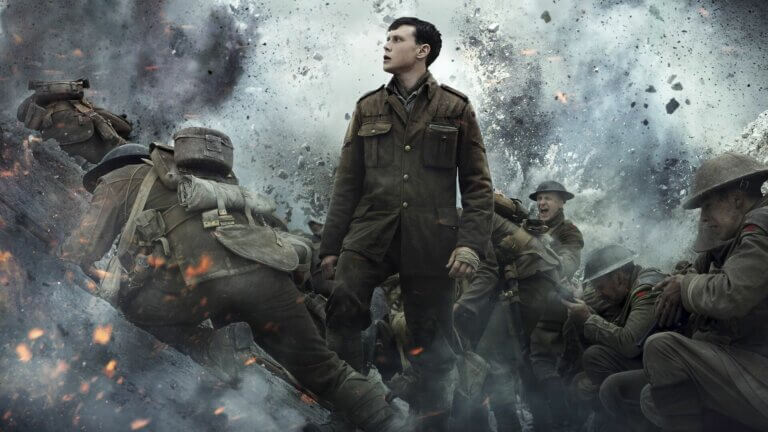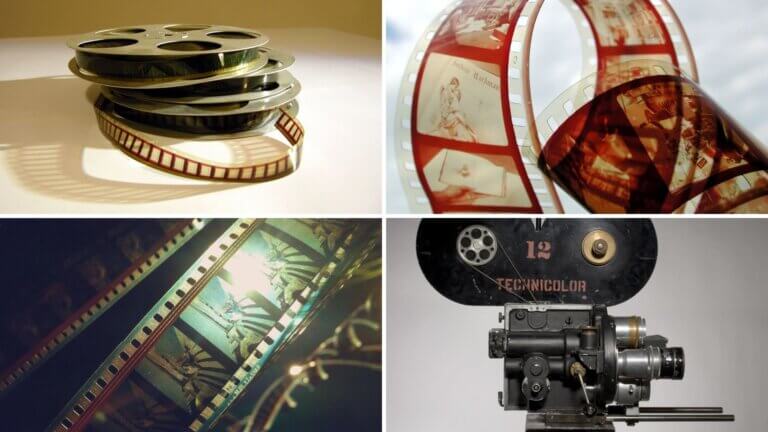Have you ever shot an immaculate sunset with your camera and thought ``This doesn’t do it justice.” Why can’t some photos capture the beauty and awe of a gorgeous sunset? The truth is that they can. Through preparation, technique, and creativity you can capture sunset landscape photographs that actually do the sunset justice. In this article, we’ll take a look at the key aspects of creating beautiful sunset pictures from preparation to execution.Continue reading Sunset Photos — How to Master the Sunset Landscape
What is the best lens for portraits? This is a question that nearly every photographer asks and yet there is no definitive answer – suffice it to say that different camera lenses create different looking photographs. However, some lenses are better suited for portraits than others. We’re going to analyze some different focal length lenses to see which work the best for portrait photography. By the end, you’ll know portrait photography techniques and where to find the best lens for your price range.Continue reading What is the Best Lens for Portraits? — A Photographer’s Guide
Color grading is a critical, yet tedious aspect of the Post-Production process. One of the best tools a filmmaker has to save time without compromising great color grading are LUTs. LUTs are used by both professional and amateur filmmakers for both their convenience and their cinematic effects. Many of the best free LUTs are now generously available on the internet. So we did our research and compiled the ultimate list of the best free LUTs that every filmmaker and colorist should add to their repertoire. Whether you are looking for bold, dramatic LUTs are stylized, vintage LUTs, odds are you’ll find…
Black and white photography has become a staple of modern art with more and more prominent photographers choosing to shoot in black and white. The deep contrast and simplicity of black and white pictures has made it popular among amateur and avid art collectors alike.However, trying to find the perfect black and white print to fit your space can be a daunting task. Luckily, we’ve compiled a list of sites to find the best black and white prints for sale. Whether you are balling on a budget or lucking to drop a pretty penny on some fine art, you’ll find…
It is not uncommon for directors to take inspiration from previous great directors in history. Various techniques and styles are passed on through cinema like a tradition between filmmakers. The Vertigo effect is one of the most distinct examples of this. Films throughout the last sixty years have used the Vertigo effect in a variety of ways for different reasons. But they have all derived from the same origin. What is the Vertigo effect and where did it originate? How have some of cinema’s best directors used it? Let’s dive in. Continue reading What is the Vertigo Effect? The Hitchcock Zoom…
Portraiture is older than photography itself. Capturing the essence of a human being was originally achieved through the medium of paint and sculpture. But now, some of the most historical figures of modern day are captured through portrait photography.Whether you are taking portraits of a new client, a friend, or an icon, there are a few fundamental portrait photography tips that will help you capture a moving portrait. In this article, you’ll learn how to take portraits through technique and creativity.Continue reading Portrait Photography Tips & Techniques For Every Photographer
Which is better full frame vs APS C? Every camera is different – but most (not all) have a full frame or APS C sensor. But what is the difference between full frame and APS C? Or better yet: what is a full frame sensor? And what is an APS C sensor? We’re going to answer those questions by looking at sensors from various manufacturers. By the end, you’ll know the strengths and weaknesses of both image sensor formats and which makes the most sense for your production needs.Continue reading Full Frame vs. APS-C — Camera Sensor Pros & Cons…
Cinematography and photography is naturally a two-dimensional medium. However, great cinematographers and photographers utilize light to create three-dimensional effects. One of the tools they have to do this is the rim light. A rim light can keep an image from falling flat. Rim lighting can bring out shapes, textures, and contours that make an image appear more lively. So, what is rim light and how can you use it to create beautiful images? We’ll cover all of this and more in this article. Continue reading What is a Rim Light — 3 Point Lighting Techniques Explained
1917 was one of the most technically innovative and daring films ever made... but how was 1917 filmed? The production of 1917 utilized more than 500 extras in an effort to retain as much authenticity as possible – and it called for body exhuming, bird conservation, and stringent cloud coverage. We’re going to explore how 1917 was filmed by looking at a bunch of the production hurdles it overcame. By the end, you might have a newfound appreciation for director Sam Mendes, cinematographer Roger Deakins, the 1917 cast and all the other members of the production team who worked tirelessly…
In the world of movie making we have today, any digital device with video functionality can help you tell a story, from your mobile phone to your computer’s webcam. But what about celluloid film? What is celluloid film, even? We still call movies “films,” right? Celluloid film stock used to be the main and only way major movies would be filmed and distributed. But of course, times have changed, and as technology has advanced, so has the way we make movies. But that’s not to say celluloid film is down for the count. Which is why we are going to…
